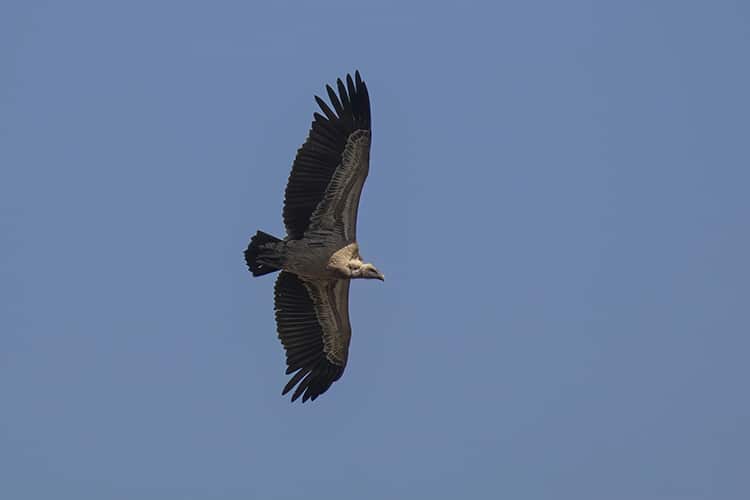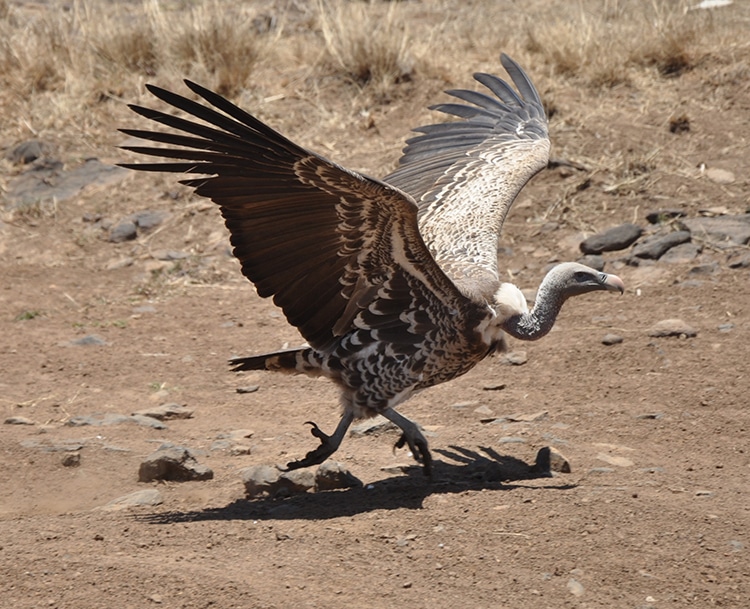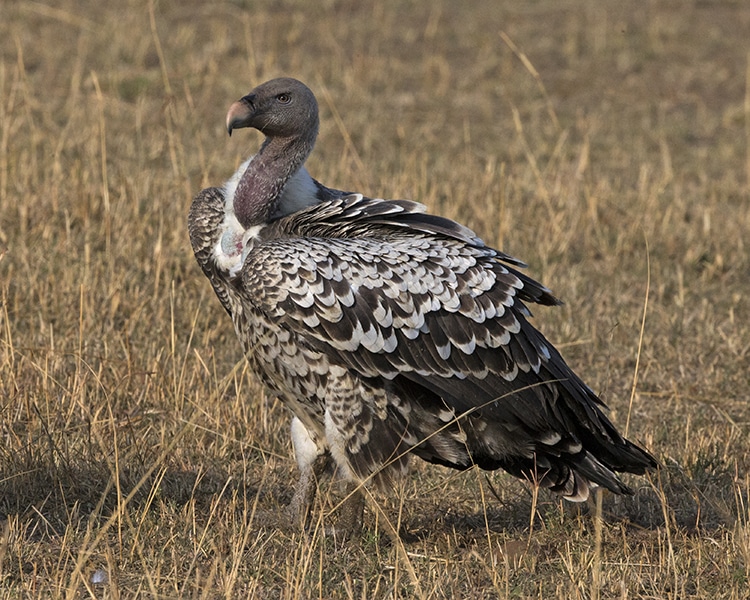Photo: Charles J.
Sharp viaWikimedia Commons,CC BY-SA 4.0 DEED
It’s a bird!
It’s a plane!

Photo: Charles J. Sharp viaWikimedia Commons,CC BY-SA 4.0 DEED
Actually, that winged creature high in the sky is aRuppells vulture.
Its beady eyes, long neck, and brown and white feathers are perfectly crafted for the desert scavenger.
But its size is far from its most impressive trait.

Photo: Snowmanradio viaWikimedia Commons,CC BY-SA 2.0 DEED
The species holds the record for the highest-recorded flight by a bird.
One was actually cruising at an impressive 37,000 feet when it (tragically) collided with a plane.
The unfortunate bird was flapping away over the Cote d’Ivoire in 1973 when it met its unfortunate end.

Photo: Lip Kee viaWikimedia Commons,CC BY-SA 2.0 DEED
The plane registered 36,100 feet when the bird impacted, causing issues with one motor on the aircraft.
These identified the species.
Flying at that height is uncommon among birds for several reasons, including the lower oxygen levels.
Aside from their high-flying capabilities, these special vultures are remarkable in other ways.
For instance, an individual can live up to 50 years.
They fly for up to seven hours a day in search of carrion to feast upon.
They are also quite hearty.
Rancid remains do not bother them, including anthrax, botulism, and cholera lurking in their meat.
They nest with their mates and lay single eggs, breeding small vulture families.
Unfortunately, the IUCN has now declared them endangered.
Poisoning that ends up in their food supply and poaching have limited their numbers.